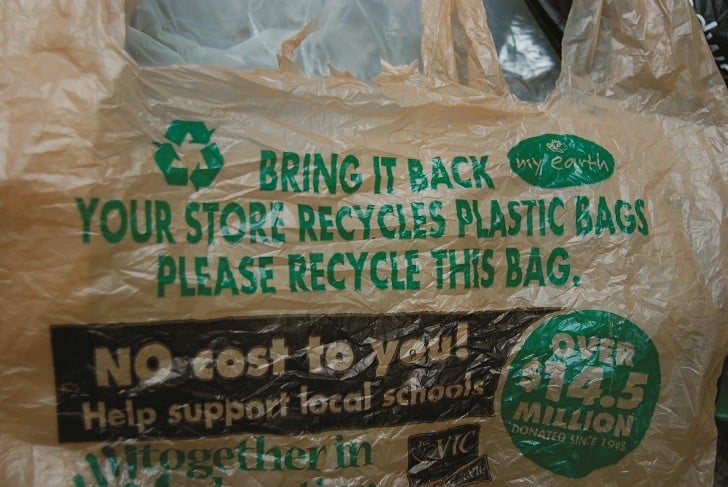Worldwatch Institute analysis explores trends in global plastic production and recycling

For more than 50 years, global production of plastic has continued to rise. Some 299 million tons of plastics were produced in 2013, representing a four percent increase over 2012. Recovery and recycling, however, remain insufficient, and millions of tons of plastics end up in landfills and oceans each year. This according to Gaelle Gourmelon, communications and marketing manager at the Worldwatch Institute, in the Institute’s recent Vital Signs online article (www. worldwatch.org).
Worldwide plastic production has been growing as the durable, primarily petroleum-based material gradually replaces materials like glass and metal. Today, an average person living in Western Europe or North America consumes 100 kilograms of plastic each year, mostly in the form of packaging. Asia uses just 20 kilograms per person, but this figure is expected to grow rapidly as the region’s economies expand.
According to the United Nations Environmental Programme, an estimated 22 to 43 percent of the plastic used worldwide is disposed of in landfills, where its resources are wasted, the material takes up valuable space, and it blights communities. Recovering plastic from the waste stream for recycling or for combustion for energy generation has the potential to minimize these problems. However, much of the plastic collected for recycling in Europe, the United States, Japan, and other industrialized countries is shipped to countries with lower recycling standards. And burning plastic for energy requires air emissions controls and produces hazardous ash, all while being relatively inefficient.
Most plastic scraps from countries that have established collection systems for the material flow to China, which receives 56 percent (by weight) of waste plastic imports worldwide.
Indirect evidence suggests that most of this imported plastic is reprocessed at low-tech, family-run facilities with no environmental protection controls, such as proper disposal of contaminants or wastewater. There are also concerns that low-quality plastics are not reused but are disposed of or incinerated for energy in plants that lack air pollution control systems. Through its 2010 ‘Green Fence’, the Chinese government has started work to reduce the number of unregulated facilities.
Approximately 10 to 20 million tons of plastics end up in the oceans each year. A recent study conservatively estimated that 5.25 trillion plastic particles weighing a total of 268,940 tons are currently floating in the world’s oceans. This debris results in an estimated $13 billion a year in losses from damage to marine ecosystems, including financial losses to fisheries and tourism as well as time spent cleaning beaches.
The recent Worldwatch Report highlights include the following facts. About four percent of the petroleum consumed worldwide each year is used to make plastic, and another four percent is used to power plastic manufacturing processes. In Europe, 26 percent, or 6.6 million tons, of the post-consumer plastic produced in 2012 was recycled, while 36 percent was incinerated for energy generation. The remaining 38 percent of post-consumer plastics in Europe went to landfills. In the United States, only nine percent of post-consumer plastic (2.8 million tons) was recycled in 2012. The remaining 32 million tons was discarded.



